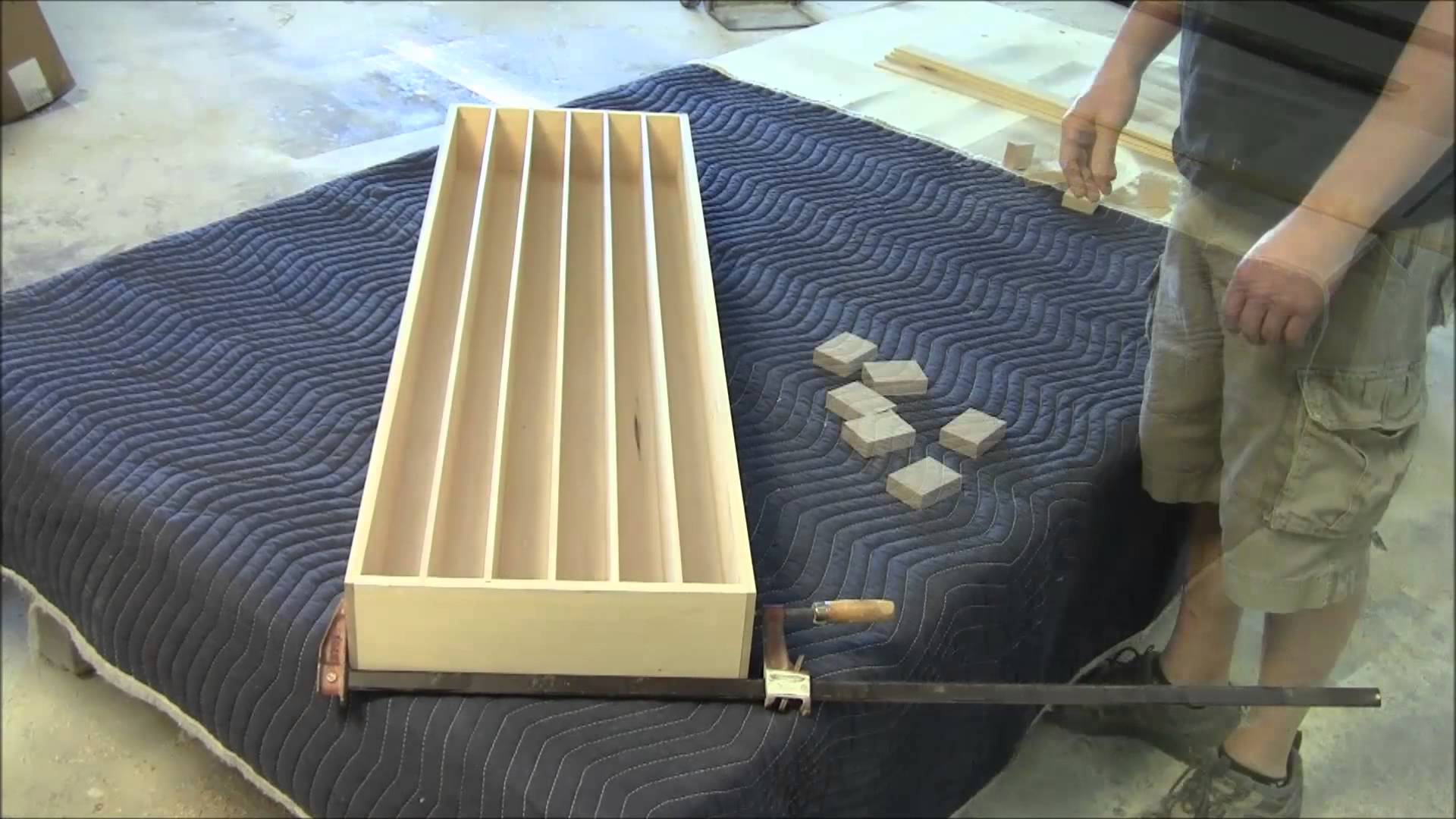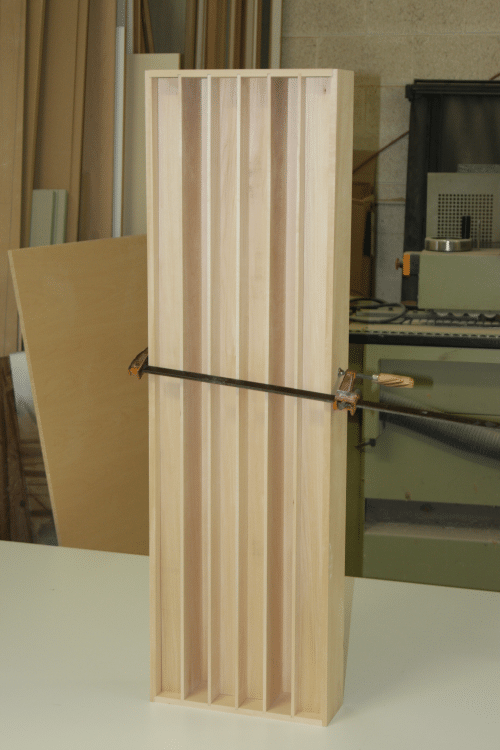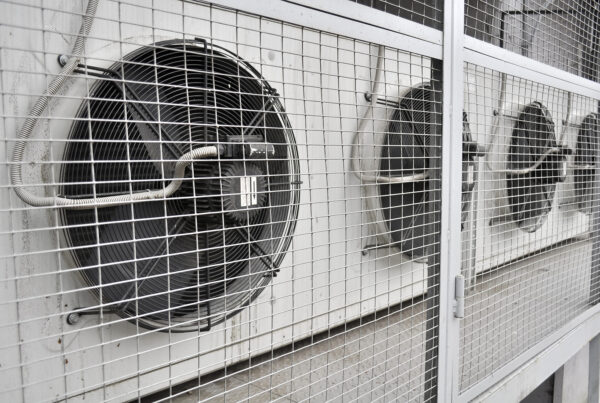Do you know that over 90% of rooms have poor sound diffusion and you can build your own acoustic diffuser to solve that acoustic distortion living in your room? You know that sound of dead lifeless air hovering in the room, not moving? It is that dry and brittle sound that comes from too much absorption. It is a “dead room” as we acoustic engineers call it.
When you are outside in free space with no buildings or anything around you, you hear sounds coming from everywhere. Sounds are all over in front of you, behind you and left and right. This is the sound of proper diffusion. This is the sound technology you must have in your room. Why should the sounds in your room be any different than the sounds you hear outside? Lets take the room away, so you can hear everything, everywhere in your room. How do we achieve natural outside sound diffusion inside your home theater, listening, and professional recording studios?
A DIY Acoustic Diffuser Holds The Key
To achieve a diffused sound in your room, you must use a sound diffusion technology. A sound diffusion technology mounted on a wall’s surface, will take the energy that strikes the wall and break it up into smaller pieces of energy which will fall below your ear’s radar on localization. If the reflected energy from the wall just strikes the wall it will be reflected back to your ears in time and strength so that your ears will hear the wall and your brain will know it is wall sound.
A diffuser mounted on the wall, will take the same energy and break it up into smaller reflections, if you will, which will be less noticeable to your ears and brain. The technical term is non localization. You cannot hear the wall being there because your brain is receiving the music without the time delayed reflection cues and your brain thinks and hears that there is no wall there at all.
Quadratic Diffusion Is Key
Quadratic diffusion is the most predictable and consistent go to diffusion technology used in professional studio builds for the last 40 years. With a quadratic diffuser you can choose the frequencies you want to diffuse in your room. You can design it with a set frequency response range for your music listening. It is that versatile.
It is a series of wells or troughs that are of different widths and depths that sound enters and is then bounced around inside the well and then radiated back into the room, in a fan like array across a 180 degree sound field. A vertically placed quadratic diffuser will diffuse energy in a horizontal fan like array and a horizontally placed diffuser will spread sound out in a vertical array, thus giving you two out of a possible three sound fields. Lets get the design started.
Time To Get Building Your Own Diffuser
Wait a minute. What if someone has taken the design into consideration and come up with a diffusion sequence already calculated for you? What if someone has measured each piece for you and provided you with text showing step by step assembly of those pieces you just cut out or had someone cut for you? What if along with the text and assembly instructions, actual build photos of each step were included of a real DIY diffuser being built? What if all the tools and materials you would need to build the diffuser were listed in separate lists? What if you could have direct email, Skype, or telephone conference with an engineer that could walk you through every step of the way and deal with any questions or comments you would have because he has built hundreds of these units? All of these features and benefits are available through the diy acoustic diffuser from Acoustic Fields.
In this video we show you what your DIY diffuser will look like when completed and how easy it is to assemble.
So if you want to enjoy the power of quadratic diffusion at a minute fraction of the cost of a full production unit be sure to check out our DIY sound diffuser. You’ll get the same specs that our flagship Quadratic Diffuser Absrober unit are based on (which retails at close to $2,000 a piece!) but at a fraction of the cost. You’ll be able to enjoy the pleasure of listening to your music in a more intimate way than most people ever get to experience in their lives and you’ll be able to do it all with me, Chief Product Designer and Acoustic Engineer for over 30 years, on hand to answer any questions you may have. I promise you it will be the best 30 bucks you ever spend for the difference it will make to your enjoyment of your music!
Go get your copy of the DIY sound diffuser plans now! Click here.








